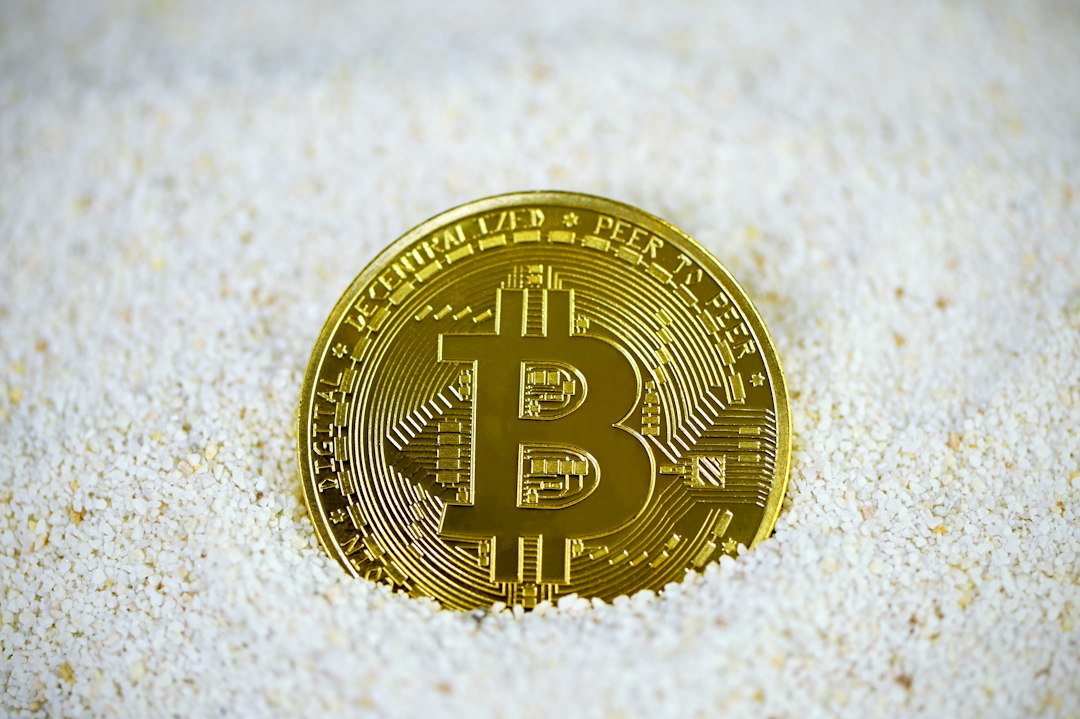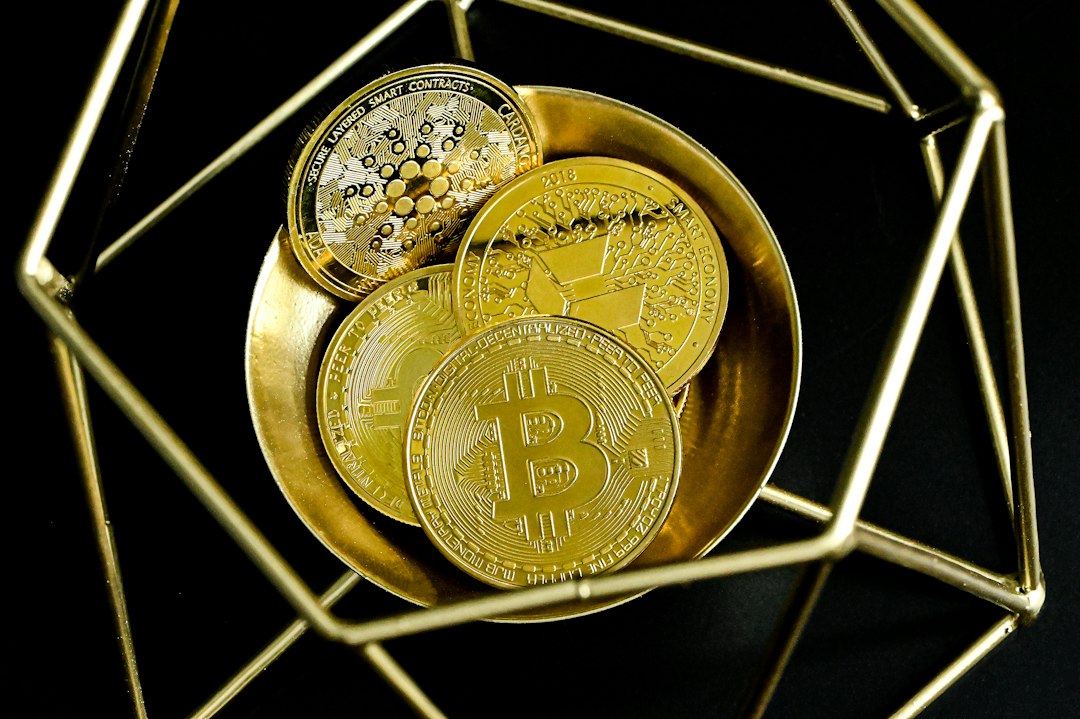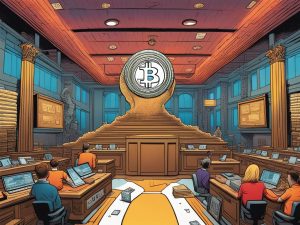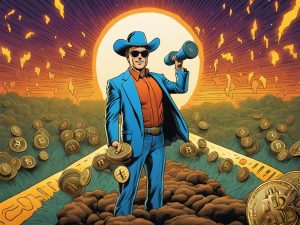The Rise of Decentralized Derivatives in the Crypto Market
In recent years, decentralized finance (DeFi) has gained popularity thanks to the emergence of blockchain technology and cryptocurrencies. One significant development in the DeFi space is the creation of decentralized derivatives. These financial instruments enable users to trade assets without intermediaries like banks or brokers.
Understanding Decentralized Derivatives
Derivatives play a crucial role in the crypto market, allowing traders to speculate on future price movements and hedge against risks. These contracts derive their value from an underlying asset, such as a cryptocurrency, enabling investors to profit from price changes without owning the asset itself. This concept is not new to traditional financial markets, where derivatives have been used for similar purposes.
Decentralized derivatives are gaining traction on decentralized exchanges (DEXs) due to their transparent and trustless nature. Powered by smart contracts, these derivatives automatically execute contract terms, eliminating the need for intermediaries and enhancing transaction efficiency and security.
It’s important to note that trading in derivatives, whether decentralized or not, carries inherent risks due to their complex nature and potential for high leverage.
The Benefits and Drawbacks of Decentralized Derivatives
Decentralized derivatives offer several benefits that are reshaping financial trading. One advantage is the high level of transparency provided by operating on a blockchain. All transactions and contract executions are recorded on an immutable ledger, reducing the risk of fraud and manipulation.
Another benefit is the elimination of intermediaries through smart contracts. Traders retain control of their assets and keys without needing to transfer them to centralized platforms or custodians.
However, these instruments also come with risks. High leverage can magnify losses, while volatility can lead to substantial price fluctuations. Smart contracts are not immune to bugs or vulnerabilities, and liquidity can be a concern on DEXs.
Key Features and Functionalities of Decentralized Derivatives
Decentralized derivatives come in various types, including futures contracts, options contracts, and synthetic assets. They can use blockchain oracles for accurate price tracking and maintaining a connection to real-world assets. Native tokens often play a critical role in decentralized governance models and can be used as collateral or to incentivize market makers.
Overview of Popular Decentralized Derivative Platforms
Several decentralized derivative platforms have gained popularity in the DeFi landscape. GMX offers users a transparent and trustless environment, automated transactions, and a wide range of derivative types. dYdX provides a seamless trading experience with high liquidity and low slippage, while Gains Network offers cross-chain compatibility and native token participation in governance.
Other emerging platforms like Dopex and Lyra are also making waves in the decentralized derivatives market.
Regulatory Challenges and Considerations
As decentralized derivatives gain traction, regulatory challenges arise. The decentralized nature of these instruments poses unique regulatory challenges compared to traditional financial markets. The lack of regulation can lead to fraud, manipulation, and market instability.
Jurisdictional issues, enforcing regulations in an anonymous environment, and protecting investors are key considerations for regulators. Clarity is needed regarding the legal status of these derivatives to determine appropriate regulation and taxation.
Thoughtful and balanced regulatory frameworks can foster responsible growth while protecting investors and maintaining market integrity.
Hot Take: Navigating the Future of Decentralized Derivatives
The rise of decentralized derivatives presents both opportunities and challenges in the crypto market. As these instruments continue to evolve, it’s crucial for traders and regulators to understand their benefits, risks, and the need for appropriate regulation.
While decentralized derivatives offer transparency and control, traders must be aware of the complexity and potential for high leverage. Regulatory bodies face the task of navigating the global and decentralized nature of these derivatives while ensuring investor protection and market stability.
With thoughtful regulation and industry collaboration, decentralized derivatives can contribute to the growth and maturation of the DeFi space.





 By
By
 By
By
 By
By

